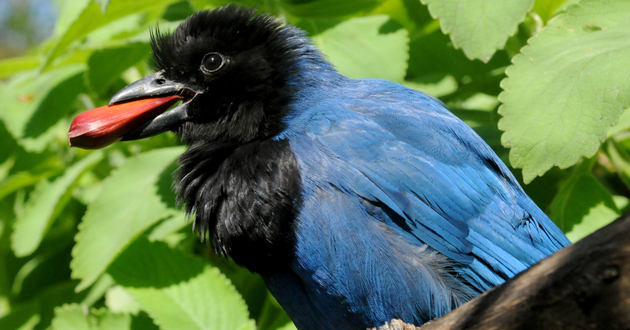THE viola fashion emerged in the interior of Brazil and is part of the universe of country music.
Initially it was a specific genre within the many rhythms that existed in the Brazilian hinterland.
However, with the advent of radio and the expansion of the consumer market, the name "moda de viola" ended up naming the peculiar way of singing in pairs accompanied by the country guitar, in order to differentiate it from other genres musicals.
Origin of Viola Fashion

The viola was brought to Portuguese America (the territory that would later become Brazil) by the Portuguese. It was the priests of Company of Jesus, also known as Jesuits, who spread it throughout the territory.
Religious used it for the catechesis of indigenous people and to accompany religious services. In the Brazilian hinterland, it received the name of viola caipira, viola cabocla or viola Brasileira.
Over time, the viola was taken by the drovers and bandeirantes on their trips, either looking for gold and indigenous people, or driving cattle.
For its part, the Portuguese “fashion” was an aristocratic song sung at the court. Through verses, the interpreter extolled the beauty of love or heroic deeds.
Upon arriving at the colony, as is natural, the music adapted to native themes. The great warriors leave and the floaters and fishermen enter, who went through real adventures to survive.
Likewise, viola fashions speak of religious themes. One of the most popular parties in the country, the Kings' Folia, is a celebration where groups of musicians, including several guitar players, take the image of the Holy Spirit to their homes.
Viola Caipira Fashions
Viola fashion is a musical genre that still conquers fans today. Here are the ten most important viola styles:
- the death of the path, Career and Career
- king of cattle, Tião Carreiro
- Nellore Brave, Antônio Carlos da Silva and Sulino
- Cowboy girl, Raul Torres and Florêncio
- sovereign ox, Carreirinho, Isaltino de Paula and Pedro Oliveira
- 42 shoe, João Mulato and Douradinho
- party of the animals, Raul Torres
- My life, Tião Carreiro
- Bombing, Zé Carreiro and Carreirinho
- catimbau, Tião Carreiro and Pardinho
Viola Mode
In the 1980s, viola fashion was influenced by pop with the addition of instruments and new beats.
In the 21st century, with the incorporation of music country American, the viola fashion genre has seen a revival. Thus, the term "modão" emerged to designate the great successes performed by media artists.
Likewise, with the growth of the evangelical aspect, the "gospel viola fashion" emerged, in which the lyrics speak of religious themes.
Viola Fashion Rhythm
As there is no fixed rule, we can say that, in general, the guitar player introduces the chords and the guitar usually enters the second bar. In the third, both start to sing.
There are a multitude of rhythms within the viola fashion. Furthermore, we have to take into account the Brazilian regional diversity that makes every corner of Brazil practically have its variant of this genre.
We found guarânia, catira, rasqueado, cururu, modinha, and later, polka, waltz and ranchera.
Learn how to Play Viola Fashion
Viola or Guitar?
Despite being similar and indispensable for viola fashions, viola and guitar have important differences.
The viola has 10 strings, arranged in 5 pairs, while the guitar has six single strings.
Also, the size is different. The professional guitar can reach from 96.5 to 101.6 centimeters and the viola is smaller.
However, all these differences become complements when we listen to a good duo or a good ensemble singing native country songs.
Curiosity about the guitar
Only in Brazil is the guitar called by that name, as in several Portuguese-speaking countries, including Portugal, it is called guitar.
One of the most accepted theories is that the viola was already widely used in the country before the arrival of the guitar. This one, being larger, received the suffix -ão, to designate that it was a “great viola”.
Be sure to check the texts below to learn more:
- Midwest Culture: parties, dances, music and much more
- MPB - Brazilian Popular Music
- Popular Culture: discover the artistic wealth of Brazil
- Folk Dances: come dance with Brazilian rhythms
- Folk Songs: the main songs of our folklore
- Armorial Movement: origin, characteristics and artists
- Feast of the Divine


